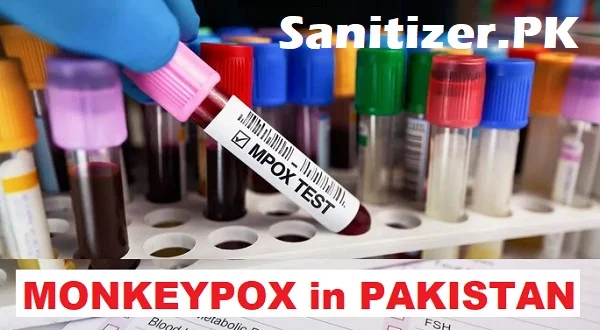Monkeypox spreads through close contact with infected individuals, respiratory droplets, or contaminated objects and surfaces. Direct exposure to an infected person’s rash, sores, or bodily fluids, as well as contact with infected animals, poses a risk. Preventive measures include avoiding close contact and maintaining good hygiene practices like frequent handwashing.
Monkeypox spreads primarily through close contact with an infected person. The most common way it spreads is by direct contact with the rash, sores, or bodily fluids of someone who has the virus. If you touch the skin or sores of an infected person, the virus can enter your body through your skin or mucous membranes, such as your eyes, nose, or mouth.
Another way monkeypox can spread is through respiratory droplets. This happens when you’re in close proximity to someone who is infected, and they cough or sneeze, releasing droplets into the air. However, unlike some other viruses, monkeypox doesn’t spread easily this way. Prolonged face-to-face contact is typically needed for the virus to spread through respiratory droplets.
Additionally, monkeypox can spread by touching objects, fabrics (like clothing, bedding, or towels), or surfaces that have been contaminated with the virus from an infected person’s fluids or sores. This makes it important to avoid sharing personal items with someone who is infected.
Monkeypox can also spread from animals to humans, often through a bite or direct contact with an infected animal’s blood, bodily fluids, or lesions. To reduce the risk of catching monkeypox, it’s essential to avoid close contact with anyone who has the virus, not share personal items, and practice good hygiene, such as frequent handwashing.

